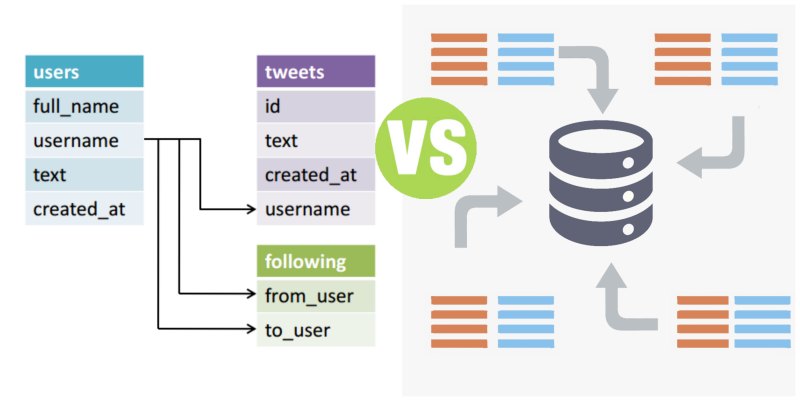Relational Database vs Data Warehouse
Summary: Difference Between Relational Database and Data Warehouse is that a relational database is a database that stores data in tables that consist of rows and columns. Each row has a primary key and each column has a unique name. A file processing environment uses the terms file, record, and field to represent data. A relational database uses terms different from a file processing system. While One application that typically uses multidimensional databases is a data warehouse. A data warehouse is a huge database that stores and manages the data required to analyze historical and current transactions. Through a data warehouse, managers and other users access transactions and summaries of transactions quickly and efficiently.

Relational Database
A relational database is a database that stores data in tables that consist of rows and columns. Each row has a primary key and each column has a unique name. A file processing environment uses the terms file, record, and field to represent data. A relational database uses terms different from a file processing system. A developer of a relational database refers to a file as a relation, a record as a tuple, and a field as an attribute. A user of a relational database, by contrast, refers to a file as a table, a record as a row, and a field as a column.
In addition to storing data, a relational database also stores data relationships. A relationship is a link within the data. In a relational database, you can set up a relationship between tables at any time. The tables must have a common column (field). In a relational database, the only data redundancy (duplication) exists in the common columns (fields). The database uses these common columns for relationships. Many organizations use relational databases for payroll, accounts receivable, accounts payable, general ledger, inventory, order entry, invoicing, and other business-related functions.
Data Warehouse
One application that typically uses multidimensional databases is a data warehouse. A data warehouse is a huge database that stores and manages the data required to analyze historical and current transactions. Through a data warehouse, managers and other users access transactions and summaries of transactions quickly and efficiently. Some major credit card companies monitor and manage customers’ credit card trans actions using a data warehouse. Addition ally, consumers can access their own transactions in the data warehouse via the Web. A data warehouse typically has a user-friendly interface, so that users easily can interact with its data.
A smaller version of a data warehouse is the data mart. A data mart contains a database that helps a specific group or department make decisions. Marketing and sales departments may have their own separate data marts. Individual groups or departments often extract data from the data warehouse to create their data marts.
Also Read:
Difference Between Relational Database and Object Oriented Database
Difference Between Multidimensional and Relational Database
Difference Between SQL Database and SQL Server







Leave a Comment
You must be logged in to post a comment.